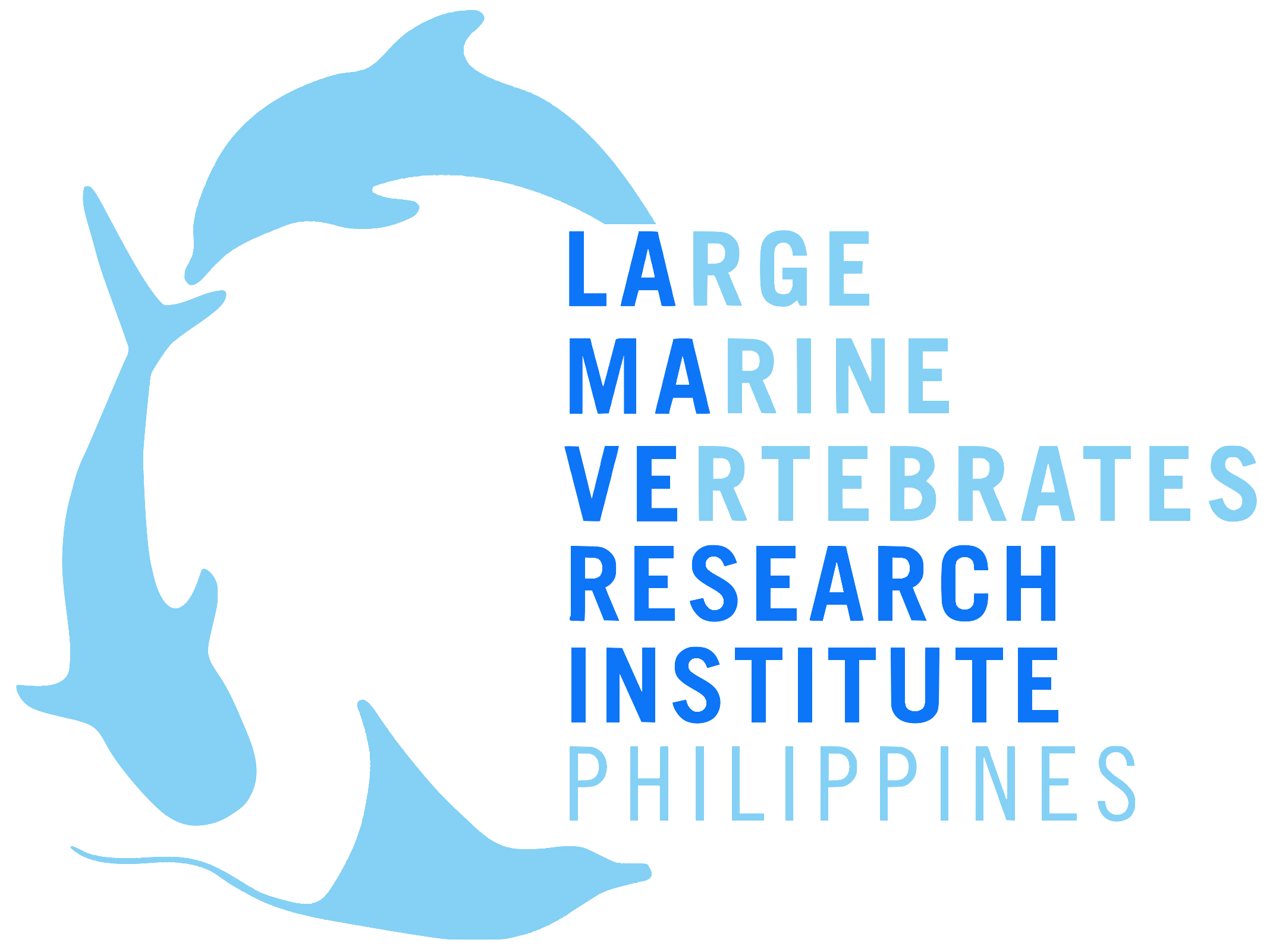VOLUNTEER BLOG
The one, the only, the mother
By Marcus Parker
Thank you for stopping by. What I am going to discuss next may shock and astound you. The faint of heart are advised to take their seats now.
The ocean holds many mysteries, mysteries we have not even begun to unravel. One of those mysteries has captured everyone’s attention at LAMAVE: whale shark biology. There are many aspects of biology, but the one that leaves me the most stupefied when dealing with whale sharks is reproduction. We know almost nothing about whale shark reproduction. In fact, “the act” itself has never even been observed by humans. The number of neonatal pups (fancy talk for whale sharks that recently left the womb) that humans have seen numbers below 15. However, there is one piece of evidence that is, without a doubt, our best answer to our many questions; her name is Megamamma.
Megamamma fascinates me. I find her so interesting that she was the focal point for my journal club meeting. Journal club is a weekly opportunity for one person at LAMAVE to discuss any topic of their choosing by selecting a paper for everyone to read and then discuss. It’s a chance for the entire group to get together, exercise our brains, and learn something new! The good times just keep rollin’ because journal club night is also barbeque night – where you can eat as much pork, chicken, fish and veggies as can fit in your stomach. It’s a weekly highlight for most. But I digress.
“A cartoon depiction of the Megamamma and her pups” by Marcus Parker
Megamamma is a whale shark that was landed in a Taiwanese fishery in 1995, whom was later studied by a group of scientists (Ref Joung et al). A heafty adult female, she had a secret: she was pregnant. Finding a pregnant whale shark is about as likely as getting hit by lighting riding a zebra on a Tuesday, but Megamamma took it one step further. A rarity the entire world over, Megamamma wasn’t just pregnant like you or I get pregnant. No, Megamamma had 304 embryos cooking away in her uteri. Tissue testing and mitochondrial DNA analysis later determined that all the embryos very likely had the same father even. But the mystery doesn’t stop there. The embryos were in different stages of development. Some embryos were still in egg cases, some were completely hatched, and some were alive and swimming. The little whale shark pups consisted of three distinct size classes as well. This amazing bunch, as you could guess, holds the record for highest number of young in one ovoviviparous* pregnancy across all shark species. The pups and Megamamma stand alone in edifying us on how whale sharks make more whale sharks.
If you’re interested to learn more about what Megamamma and her pups tell us there’s an excellent paper by Schmidt et. al. (2010) discussing some of the guesses we can now make about whale shark reproduction. It is a topic that is especially important to us at LAMAVE because knowing more about reproduction helps us protect and conserve the Megamammas of the future; protecting and conserving the oceans and the things that live in it is one of the things LAMAVE strives to do best.
*Ovoviviparous animals, such as the whale shark, produce eggs that hatch within the body, so the young are born live, but without placental attachment.
Marcus Parker is originally from the Rocky Mountains, and has volunteered with LAMAVE as part of his Bachelor’s degree in Neuroscience from Northeastern University (Boston, USA). His passion from his time in LAMAVE has led him to read more into Whale Shark and maybe one day he might find the next Megamamma in our seas.
If you are interested in volunteering with LAMAVE, check our VOLUNTEER section.




7 One-of-A-Kind Experiences as a LAMAVE Volunteer
Just like any other volunteering opportunity, signing up with LAMAVE is a great way to contribute your time and skills to something bigger – marine conservation. But joining LAMAVE is unique in itself because it is more of a commitment – you have to be passionate and dedicate at least three months of your life to volunteering with us.